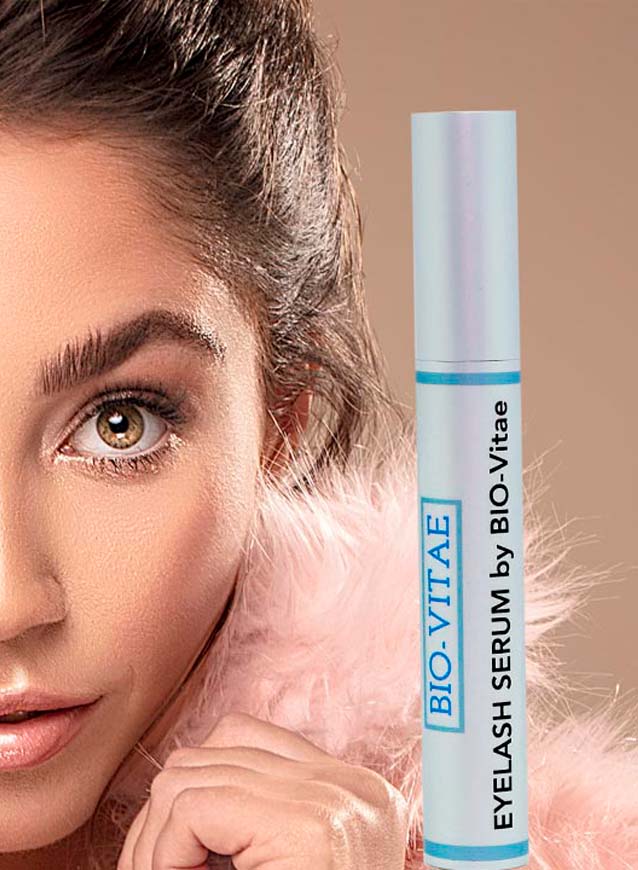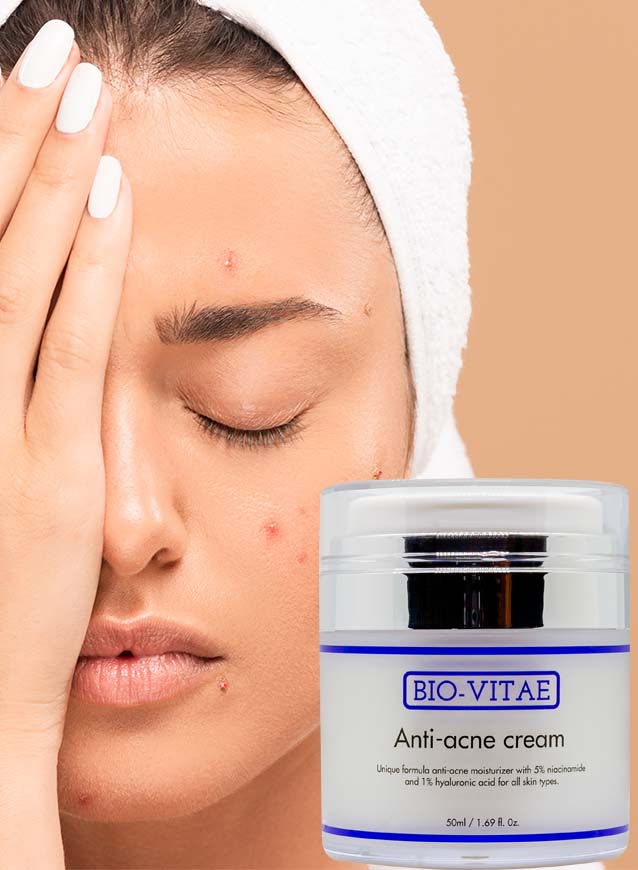Acne treatment
Words like acne, impure skin and pimples are often used interchangeably. Far down the road they also cover the same thing. However, there is the significant difference that while everyone can get a pimple, a blackhead and a bit of impure skin once in a while, acne is a definite skin disorder.
There are several different treatments for acne. It is impossible to say anything about which treatment is best, because while something works for one person, the same regimen may have no effect at all on another. Therefore, it is all about trying things out so that you find what works for you.

The difference between acne and pimples is that acne is a skin disorder and pimples are one of the symptoms of the skin disorder. In other words, acne is a condition that affects the skin's hair follicles and oil glands. Under the skin, the pores are connected to glands that produce an oily substance known as sebum. The glands and pores are then connected to a small "duct", which is also called a follicle. The follicle contains a thin hair that grows to the surface of the skin. When sebum and dead skin cells clump together, it forms a plug in the follicle. Bacteria in the body cause inflammation, which leads to red pimples in acne.
While the exact causes of acne have not been determined, there are a number of self-care options, such as proper skin care, that can help you reduce or eliminate acne and the pimples that accompany it.
It must be said that all skin types experience pimples every now and then. So even if you experience pimples, it does not mean that you have acne.
Niacinamide and Acne
Niacinamide (also called nicotinamide) is the water-soluble form of vitamin B3. In people with acne, it reduces the production of sebum in the skin's sebaceous glands.1 Sebum is the oily, waxy substance that clogs pores and, among other mechanisms, contributes to the formation of pimples. Niacinamide also has an anti-inflammatory property, which is beneficial for people with the inflammatory skin disease, acne.
What does science say?
Studies have shown that niacinamide can be beneficial for people with acne. One study found that 5% niacinamide was comparable to topically prescribed antibiotics (2% clindamycin), which is a standard treatment for moderate acne. At the same time, the study showed that the gel with 5% niacinamide had no side effects. Another study showed that 4% niacinamide gel was significantly more effective for oily skin types than less oily skin types. The reverse effect was found with the use of 1% clindamycin gel (prescription treatment for acne).
First aid for your skin problems
Niacinamide is a unique ingredient in skin care, and if you have it in your skin care routine, you also have a powerful weapon against all kinds of skin problems.
Do you suffer from redness and even rosacea? Has your skin lost elasticity and fine lines and wrinkles are starting to show? Do you suffer from oily, impure skin and acne? Or do you struggle with pigmentation and uneven skin tone?
No matter what your skin problem is, niacinamide has been shown to work well on every imaginable skin challenge.
Treatment takes time
Regardless of which acne treatment you choose, it is important to give the individual treatment some time to work before you can expect to see an effect. Typically, it will take 6-8 weeks before you can really see a difference. And it is important to be consistent with the treatment if you want to see an effect. So here it's about getting some good habits and routines in place, where you remember to clean and lubricate your skin every day and to take your pills as prescribed, if that's what you have to.








